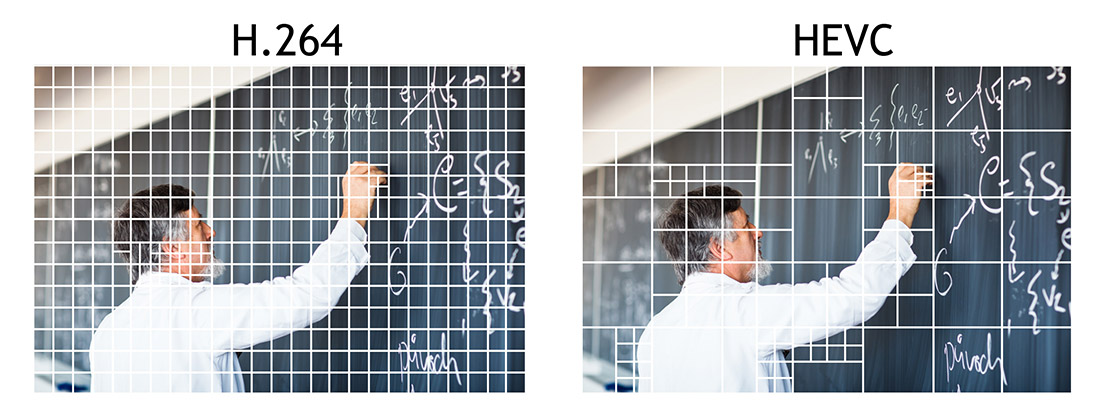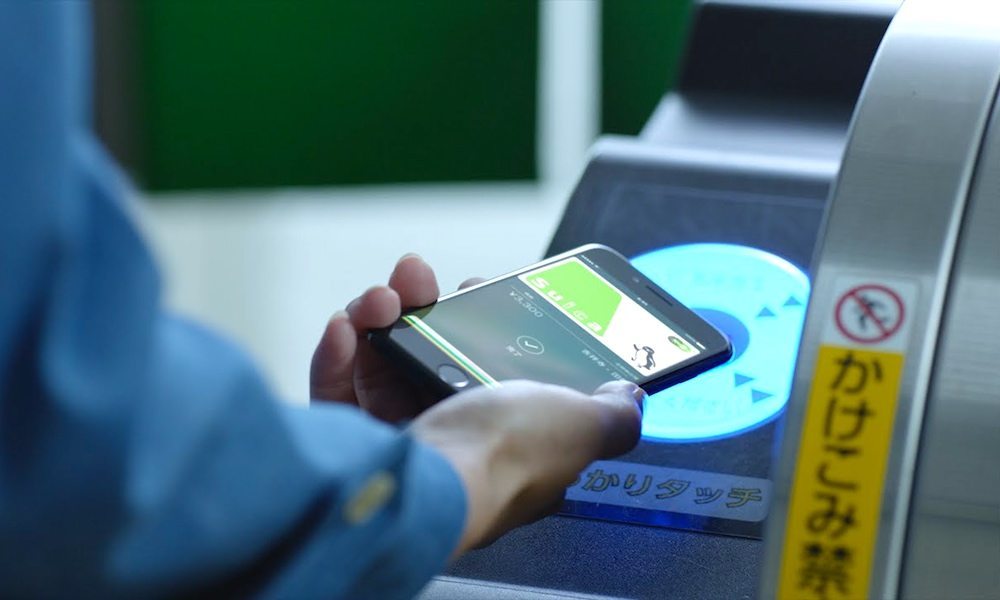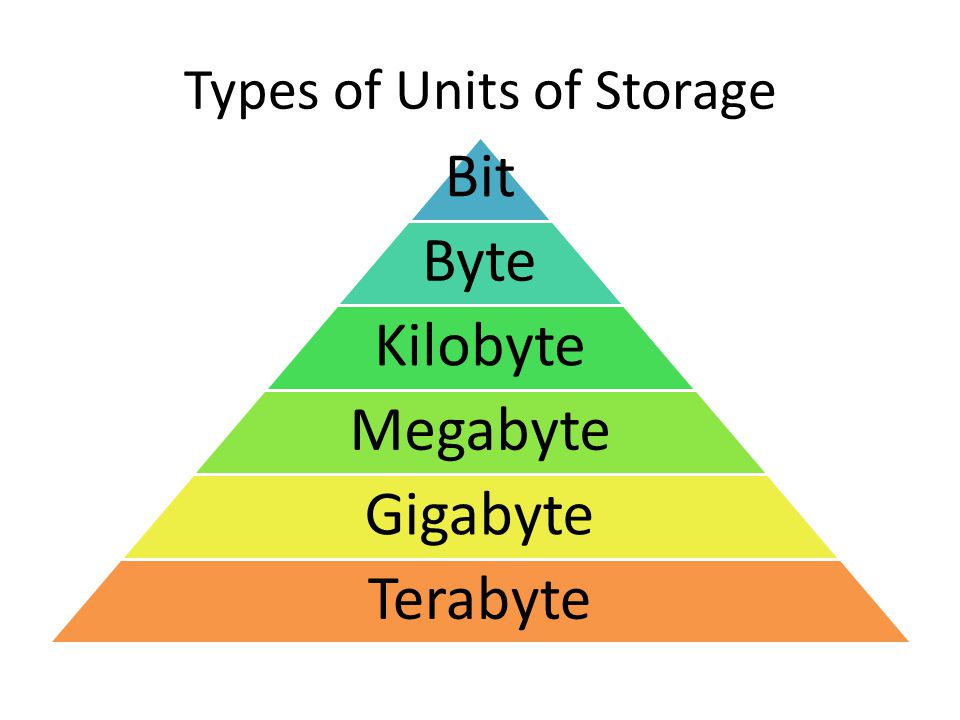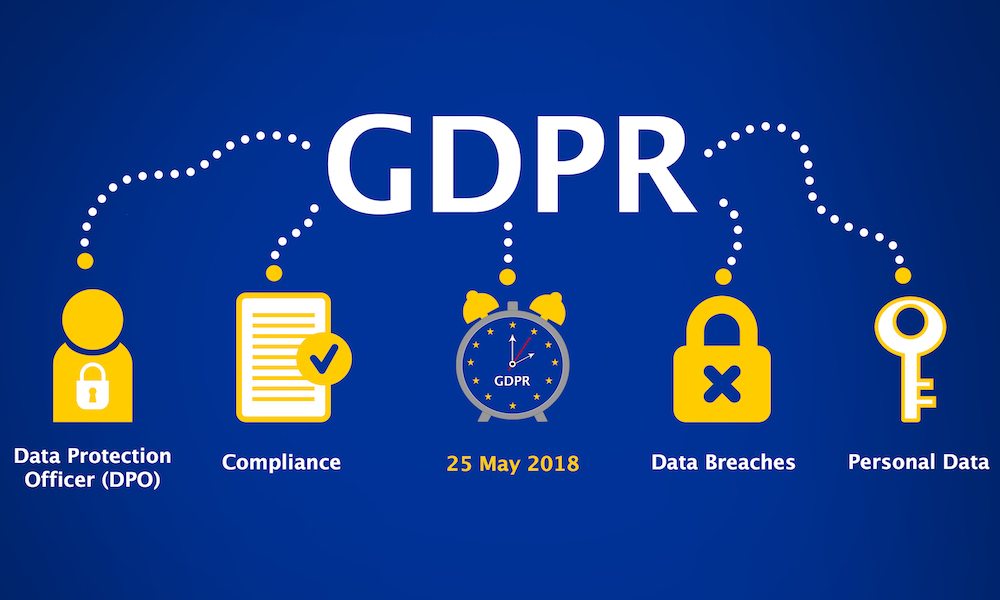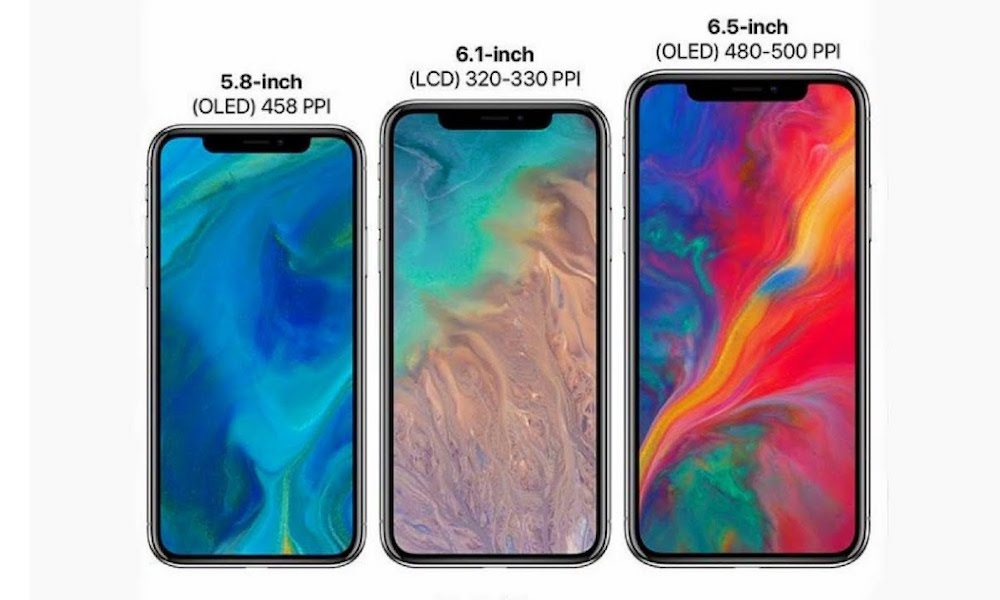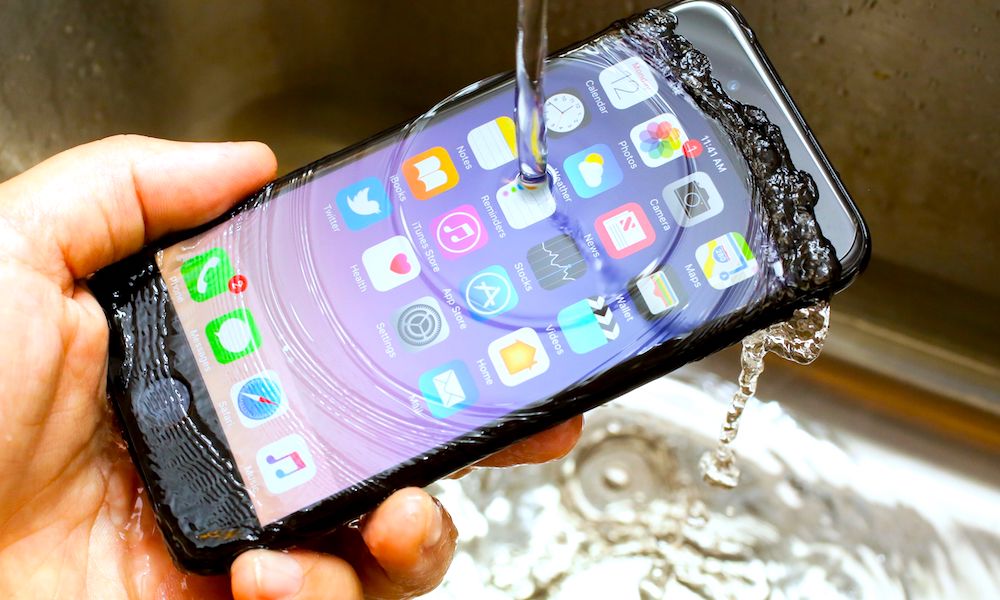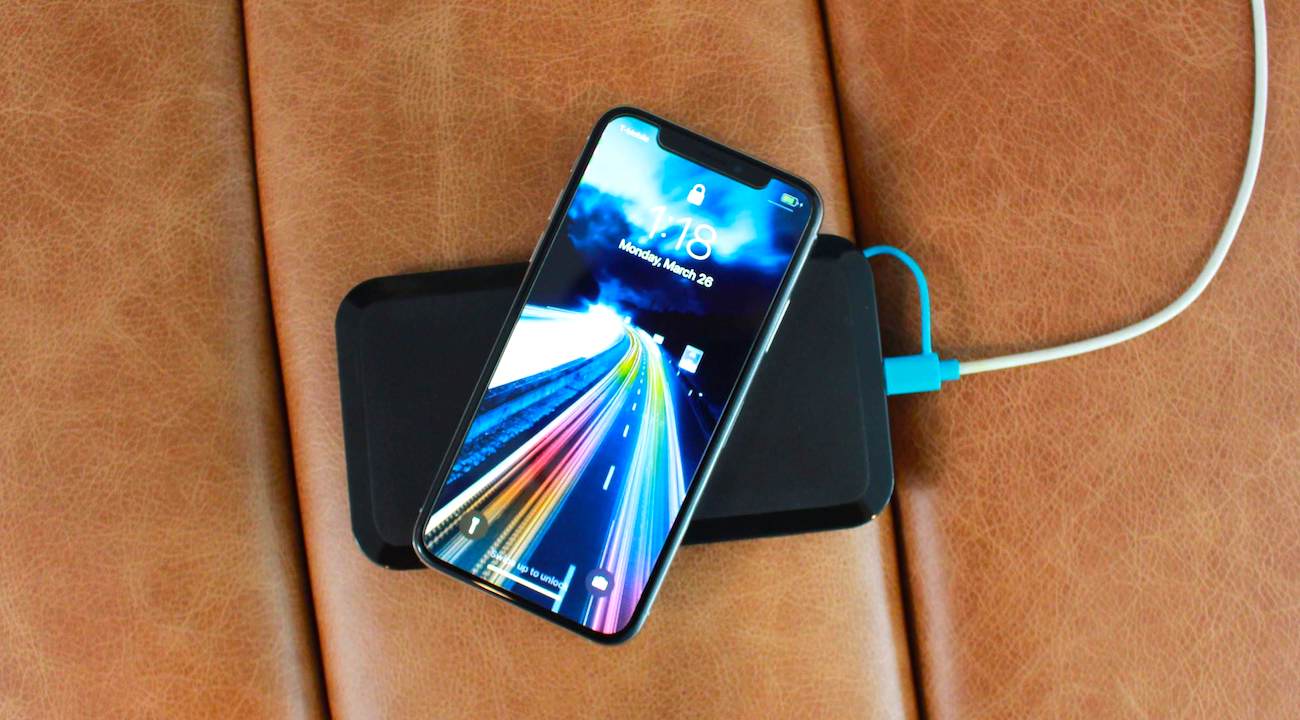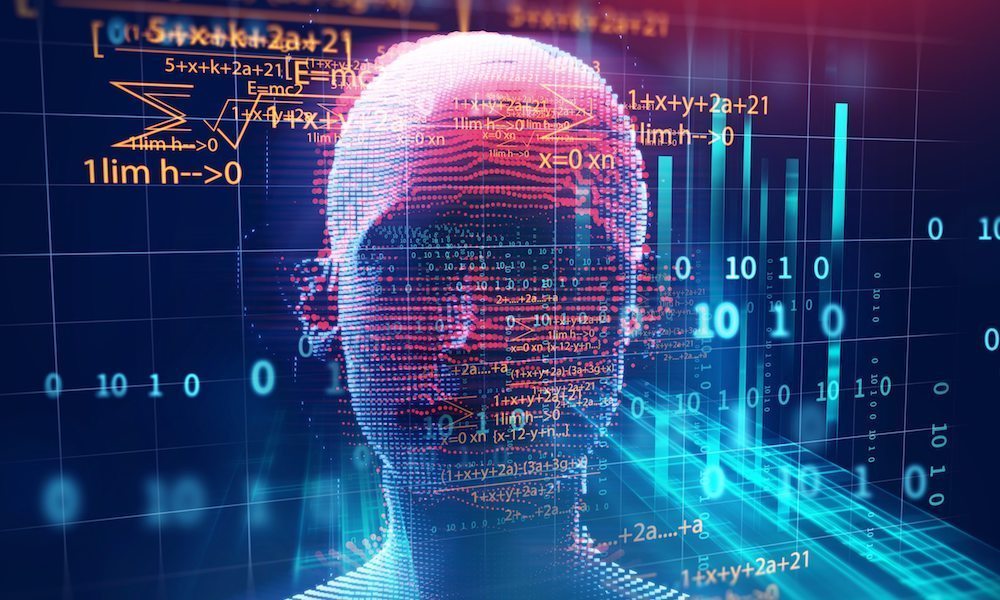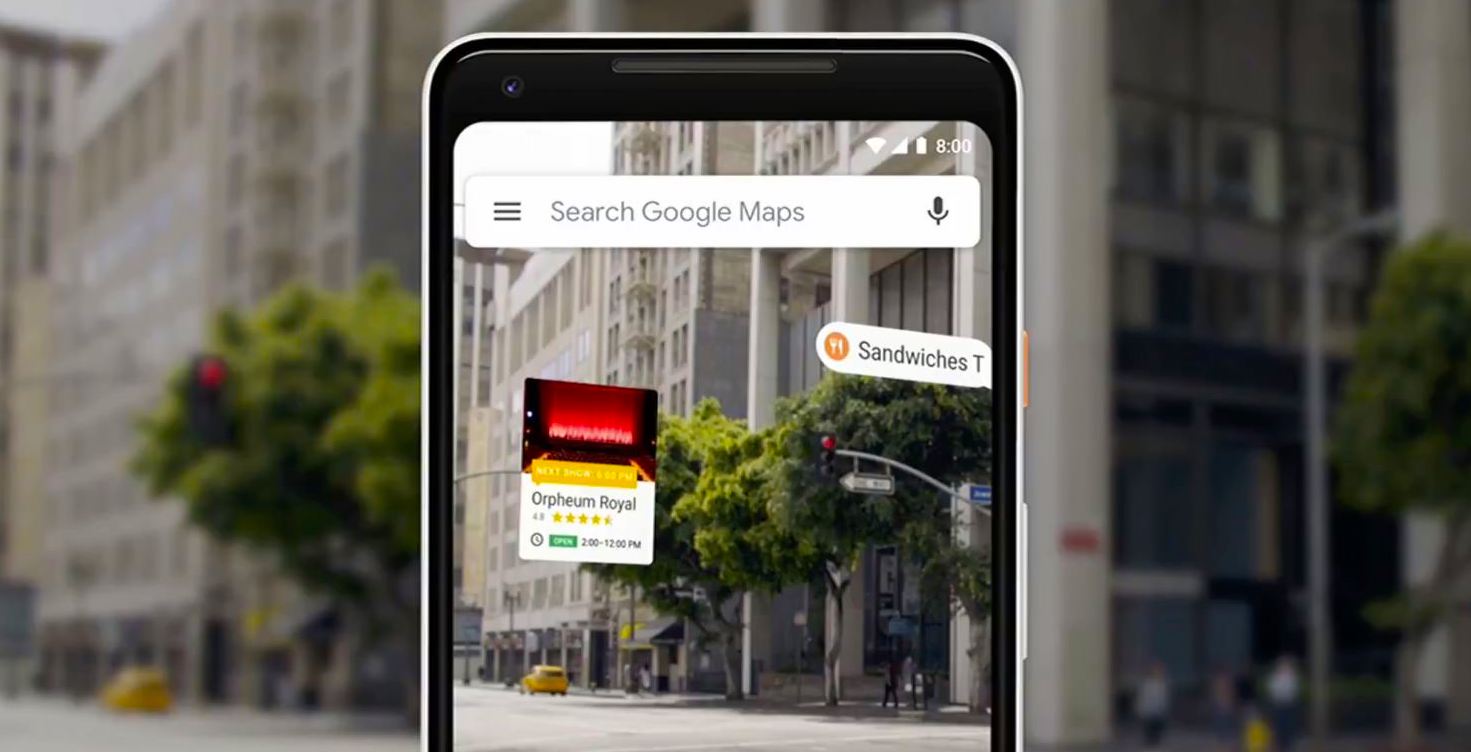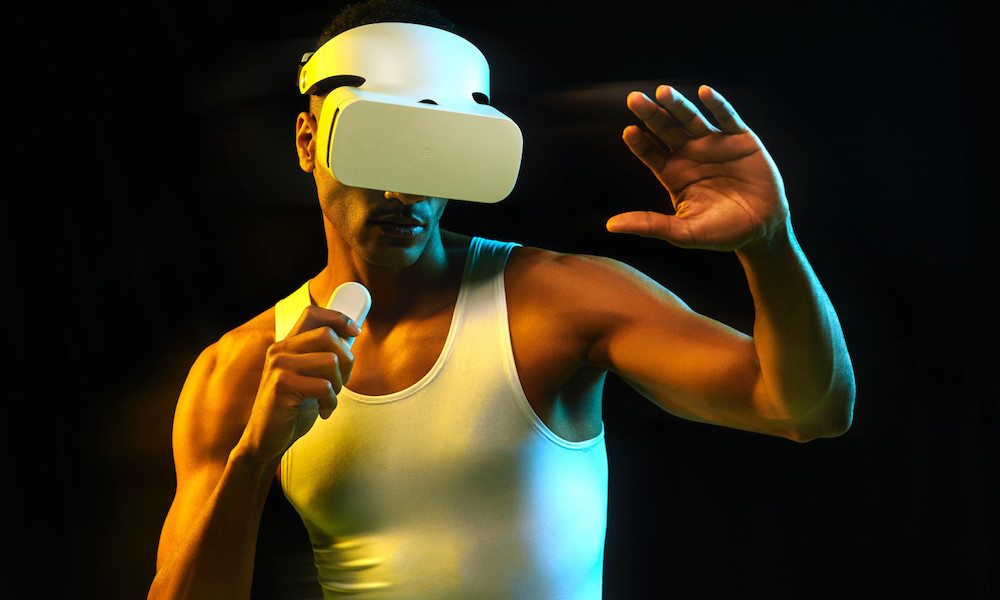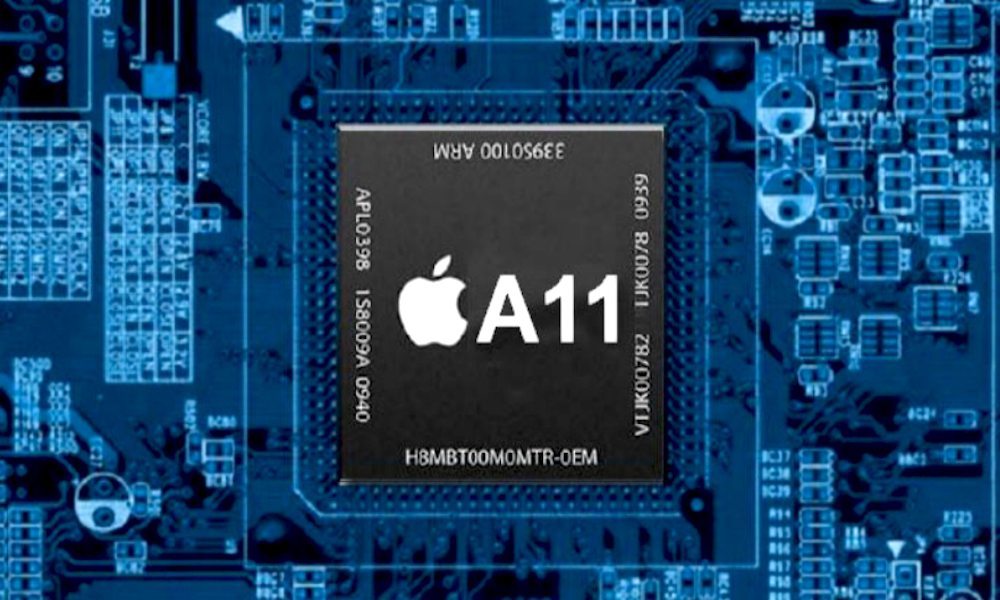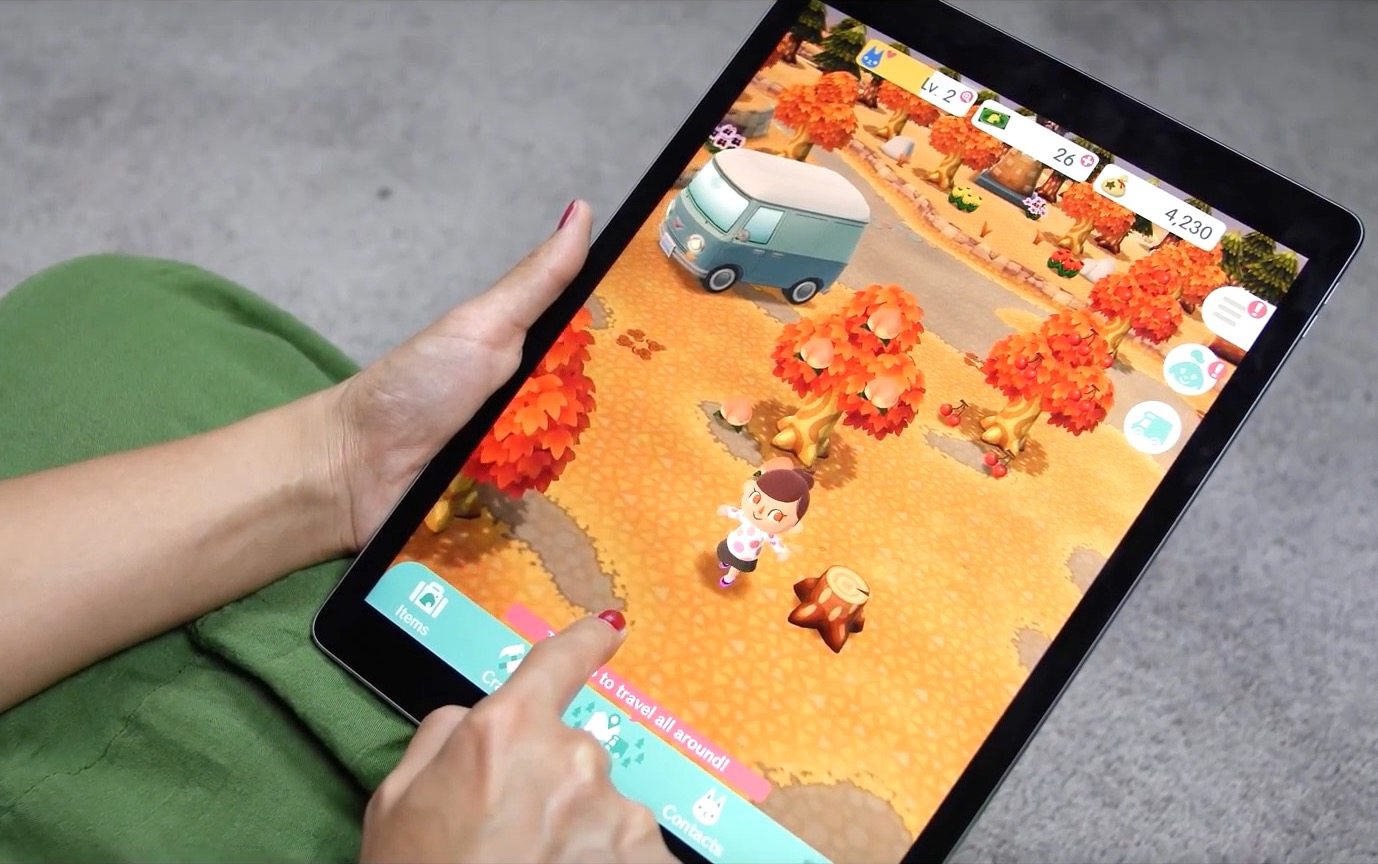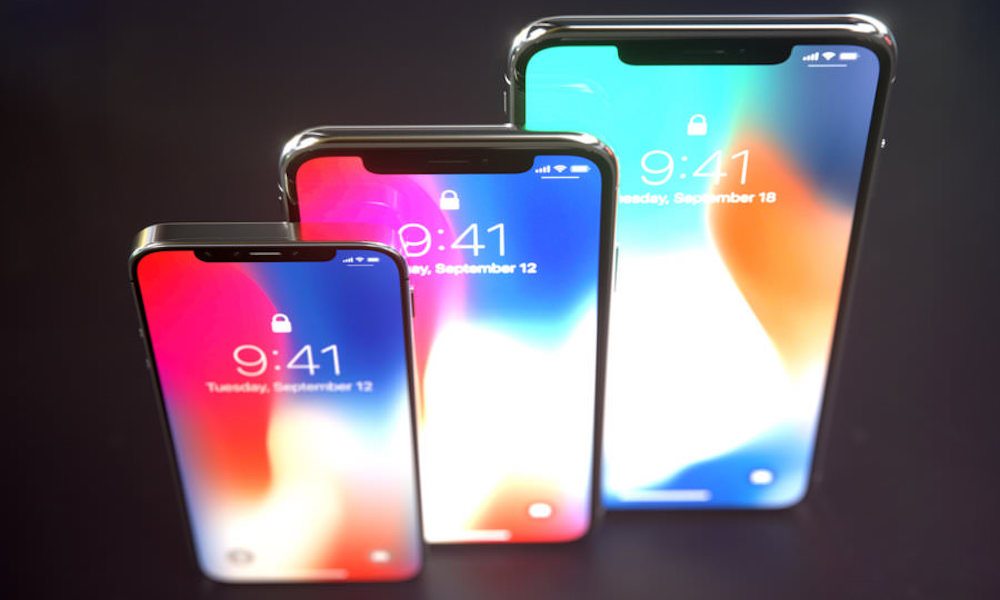22 Tech Acronyms You Really Should Know
 Credit: Cult of Mac
Credit: Cult of Mac
There’s a lot of technology-based acronyms out there. And there may be some important ones you don’t know. Clicking “Accept” at the end of a EULA (end user license agreement), buying a new iPhone, or even comparing TVs, it can be incredibly helpful to know the basics. Keep reading, you’ll learn a new word or 22.
22 SDRAM/VRAM
Synchronous Dynamic Random-Access Memory and Video Random-Access Memory. RAM—or Random Access Memory—is a form of volatile storage. This means it only can store data while it’s powered on. It’s used in computers for currently running applications. In a nutshell, the more RAM you have, the more programs you’ll likely be able to run simultaneously. VRAM is dedicated to video graphics, like movies, rendered images, and games.
21 HEIF/HEVC
High Efficiency Image File Format and High Efficiency Video Codec. Used for compressing full-resolution photos and videos. In iPhone, these formats help save storage space. These formats also make features like burst photos, and exposure stacks, much more efficient.
20 NFC and SEID
Near Field Communications and Secure Element Identifier. NFC is a close-proximity wireless protocol. It allows devices to share information with each other within a short distance (usually 1.6 inches or less). Some common uses are contactless payments, sharing files, and keycards. SEIDs are used in secure element chips, such as iPhone’s secure enclave.
19 kB, MB, GB vs. Kb, Mb, Gb
Kilobyte, megabyte, gigabyte and kilobit, megabit, and gigabit. A bit (or binary digit) is a basic unit of information. It can be represented by 0 or 1; and, is generally used to “measure” data. Eight bits are equal to one byte.
kB = 1,000 bits
Mb = 1,000kB
Gb = 1,000Mb
Kb = 8,000 bits
MB= 1,000KB
GB= 1,000MB
18 GDPR
General Data Protection Directive. This is a data protection and privacy law—in the European Union—pertaining to individuals. Essentially it protects consumers by ensuring that they receive disclosure with what happens with their personal data. You’ve probably read a lot about GDPR lately. Apps and Websites are frequently being updated to be GDPR compliant. Just like Web pages warn you about cookies, you may also see a disclosure regarding GDPR when you browse your favorite sites.
17 UHD and 4K
Ultra-high-definition. Sometimes referred to as Super-Hi Vision, UHD refers to display resolutions that are much higher than HD (1080p). 4K and 8K are included as UHD formats. A 4K resolution has 3840 x 2160 pixels (16:9 aspect ratio). 4K gets its name from having about 4,000 pixels horizontally.
16 PPI
Pixels Per Inch. The main pixel density or resolution measurement. The denser the pixels the sharper the image. A 4K image with denser pixels would be smaller—but sharper—than one with less-dense pixels. This is because 4K always has the same amount of pixels. As pixels become denser they will also be harder to differentiate from one another.
15 HDR
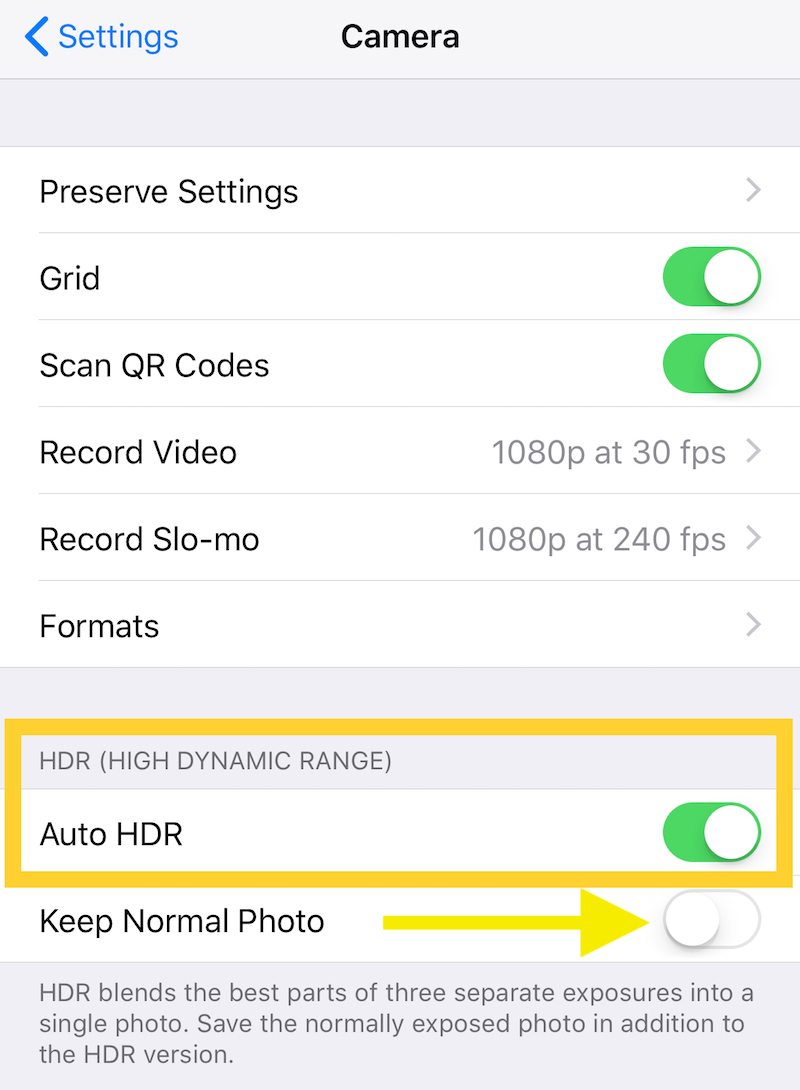
High Dynamic Range. HDR is used in many aspects of technology. It can be used in television, photography (iPhone camera), audio, and more. From a visual standpoint, HDR usually refers an image that was created from composite images and utilizes tone-mapping to create a richer, more accurate image. This can result in blacker blacks and brighter whites.
In audio, HDR refers to a higher dynamic of audio ranges and can be used to restore original audio.
14 IP67
International Protection Marking Code. IP codes are used to rate the intrusion protection of electronic devices. Intrusions include water and dust . IP67 is used in iPhone to signify it’s water (and dust) resistance.
13 MP
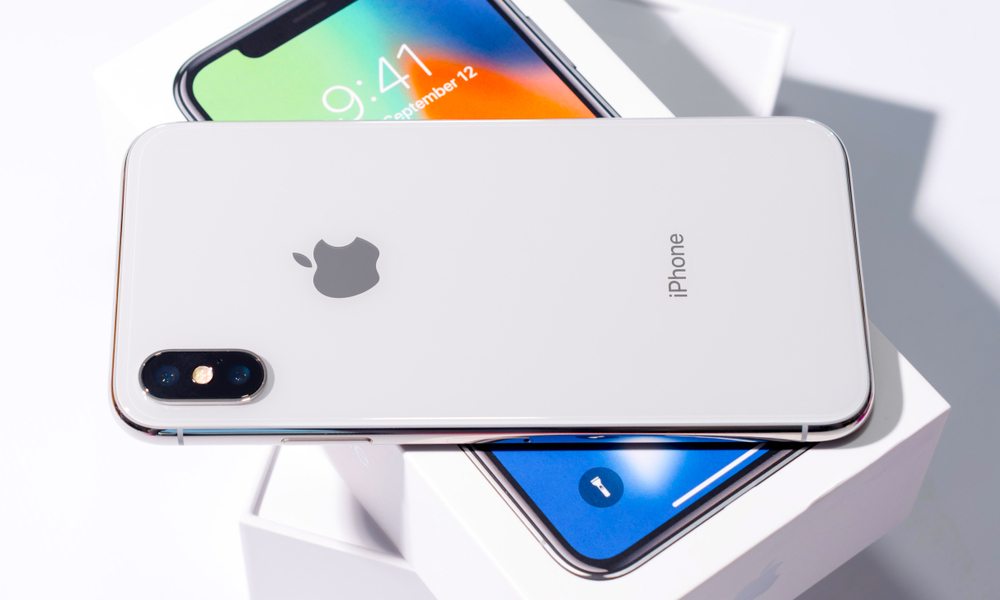
Megapixel. One megapixel is 1,000 pixels. Megapixels are generally used to measure digital camera capture resolutions. Other elements, including the image sensor, aperture, software editing, and more contribute to there overall quality of the final image. iPhone X features a 12MP rear camera.
12 FPS
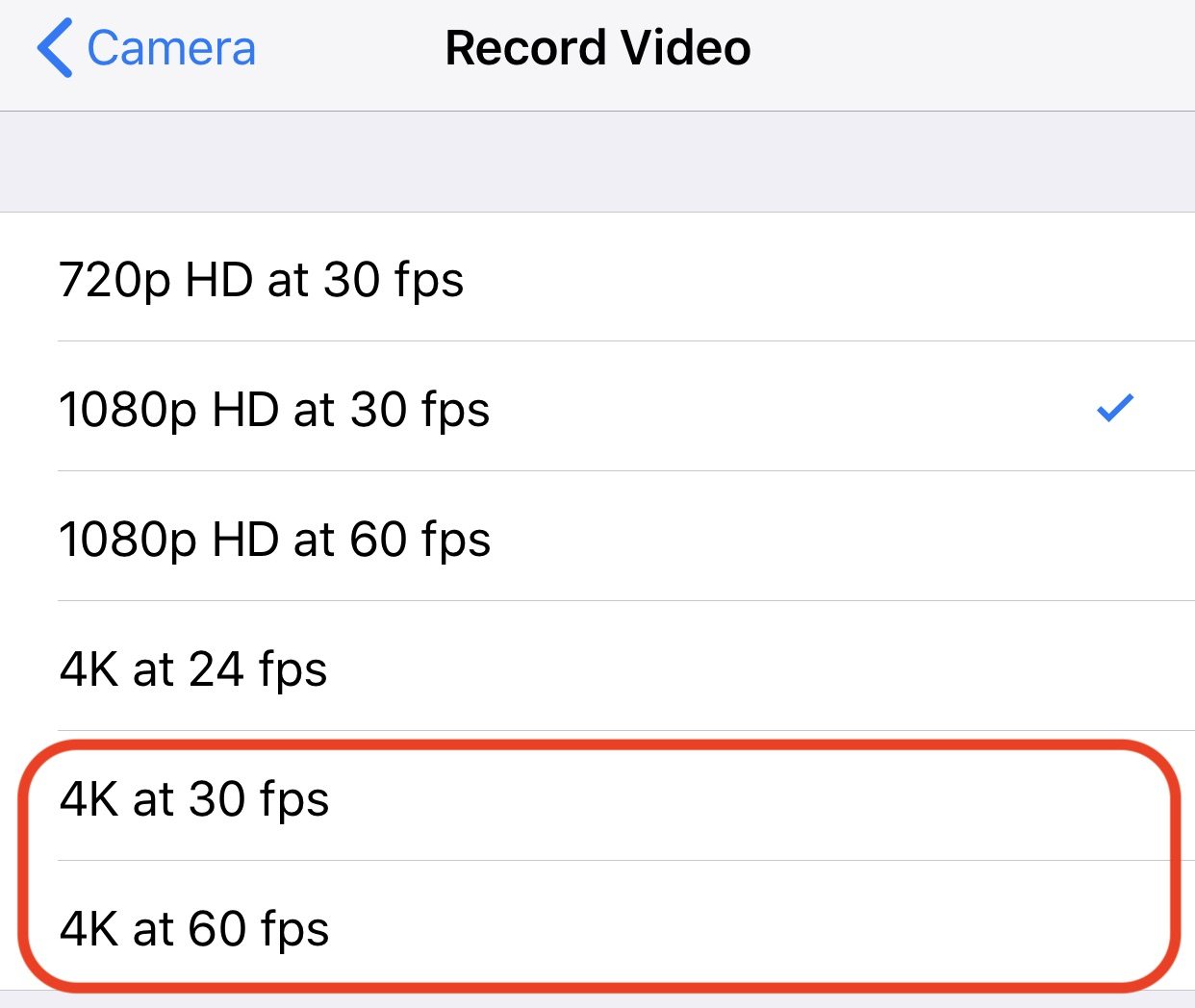
Frames per second. A unit of measure for how many images are displayed in single second. These images or frames are generally part of a video or animated image file.
11 10W Wireless Charging
10 Watt Wireless Charging. A form of fast wireless charging. iPhone X and 8 currently support up to 7.5W wireless charging.
10 VoIP
Voice over Internet Protocol. VoIP is a protocol for communicating over the Internet using various other protocols including Session Initiation Protocol (SIP). Services such as Skype and FaceTime are examples of VoIP services available on iPhone and Mac. Businesses often use Hosted VoIP and SIP/IP phones in place of traditional analog phones.
9 AI
Artificial Intelligence. Artificial Intelligence or AI can take a variety of forms. For example, in gaming AI is often used to refer to computer-controlled characters or elements. AI can also refer to virtual assistant capabilities, such as Google’s Duplex—or even Siri. True AI usually refers to computers being able to think, learn new things, and perform tasks all on their own.
8 AR
Augmented Reality. Augmented Reality is any kind of augmentation of the world around us. Currently we use smartphones for augmented reality, overlaying images on the real world using our cameras and displays (think Pokémon GO). In the future, we may augment reality without the use of a display, by using technology such as holograms.
7 VR
Virtual Reality. VR is a hot topic right now. It’s the idea that you can feel like you’re part of a game or virtual scene. Currently, VR is generally achieved through use of VR goggles and clothing. Wearers are submersed into a scene or game where they feel like they become part of it.
6 CPU
Central Processing Unit. Sometimes called the brain of a computer, the CPU handles processing tasks, such as loading applications, performing calculations, and more. CPUs are generally referred to as “processors.”
5 GPU
Graphics Processing Unit. Like the CPU, the GPU is built for processing. Specifically it deals with graphics used in imagery, movies, and games. Better GPUs can support better graphics and render more onscreen content.
4 HDD/SSD
Hard Disk Drive and Solid State Drive. Two mediums for storing non-volatile data. Had drives contain moving parts, while solid state drives utilize flash memory.
3 OLED
Organic light-emitting diode. Most people are generally pretty aware of LED lights and screens. A standard LED display usually consists of an LCD screen that’s backlit by LED lights. With OLED, each individual pixel emits light. So blacks can emit no light, while whites can be very bright.
2 SDK and API
Software Development Kit and Application Programming Interface. Both of these terms are related to software engineering and development (a.k.a. coding). When developers create new apps they use APIs and SDKs to make the development process more efficient. An API provides developers with basic building blocks and direction. SDKs are the whole package and encompass APIs. They help developers create great content for users that are specially formatted for certain platforms.
1 ISP
Internet Service Provider. You probably hear this term a lot and you may be surprised to find out there are quite a few people that don’t know what it means. Basically, an ISP is who (or what) provides your Internet. Like Comcast or Century Link.
And Many More Acronyms
This is just a few of the acronyms you may happen across when traversing websites, speaking with your local Genius Bar employee, or calling up your ISP. If you enjoyed this article please share it on social media or let us know in the comments. There are many more acronyms that we’d love to share in a future article. Thanks for reading!


